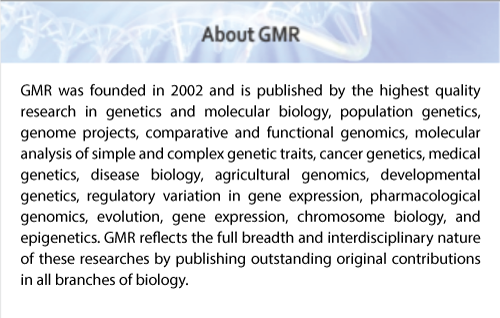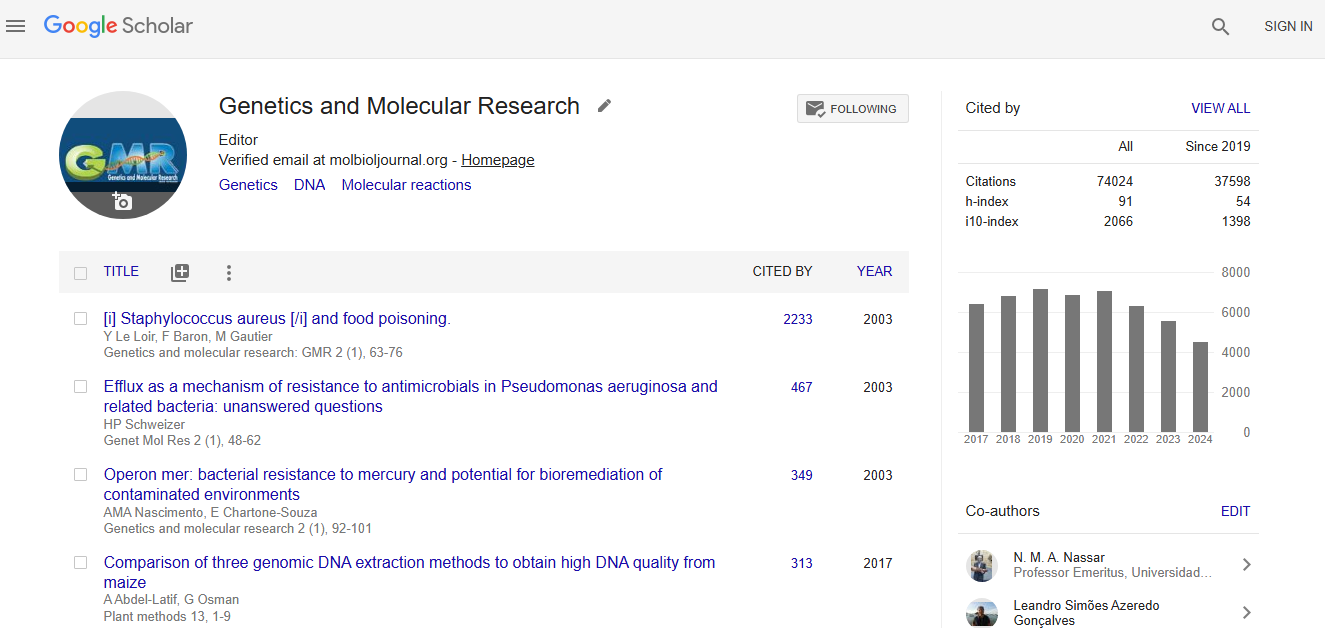Abstract
Variability of red rot-resistant somaclones of sugarcane genotype S97US297 assessed by RAPD and SSR
Author(s): M.T.H. Shahid, F.A. Khan, A. Saeed and I. FareedSugarcane breeding under climatic conditions of Pakistan is very difficult due to unavailability of viable fuzz (seed). Somaclonal variation can provide an alternative for improvement of existing genotypes. Six hundred and twenty-seven somaclones were developed from sugarcane genotype S97US297, and protocols for callogenesis and organogenesis were developed using Murashige and Skoog medium. Two types of explants, leaf and pith, and two auxins, 2,4-dichlorophenoxy acetic acid and indole-3-acetic acid, were tested to optimize callogenesis for root establishment. Leaves as explants with 3.0 mg/L 2,4-dichlorophenoxy acetic acid gave the best results, both for callus induction and proliferation. Half-strength Murashige and Skoog medium with 1.5 mg/L indole-3-butyric acid proved to be the best for rooting. Red rot-resistant somaclones of the R2 generation along with the parent were assessed for genetic variability at the molecular level using RAPD and SSR markers. Polymorphism based on RAPD and SSR was 32 and 67%, respectively. Polymorphic information content ranged from 0.06-0.45 for RAPD and 0.06-0.47 for SSR. We conclude that somaclonal variation of sugarcane varieties is sufficient to allow selection.
Impact Factor an Index

Google scholar citation report
Citations : 74024
Genetics and Molecular Research received 74024 citations as per google scholar report
